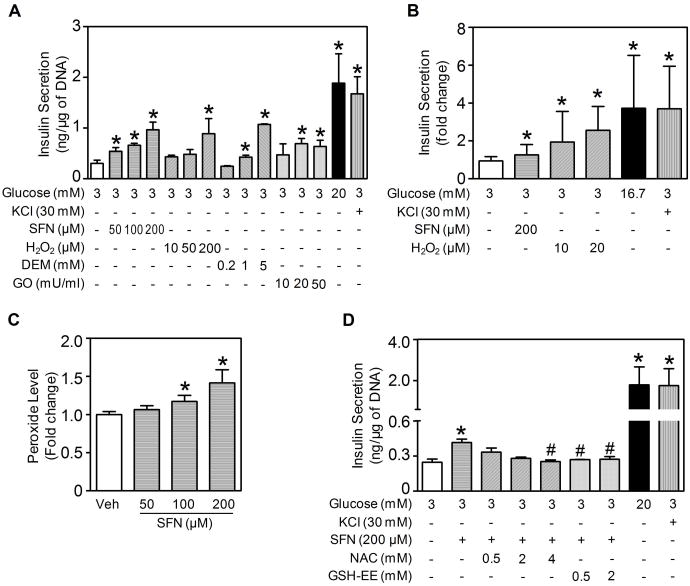Figure 3. Acute effect of SFN on basal insulin secretion and involvement of ROS.
(A) Insulin secretion by INS-1(832/13) cells treated with SFN or other oxidative agents (H2O2, DEM and GO) at various indicated concentrations for 30 min under 3 mM glucose condition. High glucose (20 mM) and KCl were used as positive controls. Secreted insulin was normalized by DNA content. (B) Insulin secretion by isolated mouse islets treated with SFN or H2O2 at indicated concentrations for 30 min under 3 mM glucose condition. High glucose (16.7 mM) and KCl were used as positive controls. Secreted insulin was normalized by islet number. For panels (A) and (B), n = 3 - 6 independent experiments. *, p < 0.05 vs. 3 mM glucose alone. (C) SFN-stimulated intracellular peroxide production. INS-1(832/13) cells were challenged with SFN at various indicated concentrations for 30 min under 3 mM glucose condition. Veh, Vehicle (Kreb's buffer with 3 mM glucose). n = 3; *, p < 0.05 vs. Veh. (D) Pretreatment of INS-1(832/13) cells with ROS-scavenging antioxidants NAC or GSH-EE suppressed SFN-stimulated insulin secretion. Cells were pretreated with NAC or GSH-EE at indicated concentrations for 30 min followed by SFN stimulation for additional 30 min under 3 mM glucose condition. *, p < 0.05 vs. 3 mM glucose alone; #, p < 0.05 vs. 200 μM SFN at 3 mM glucose.

